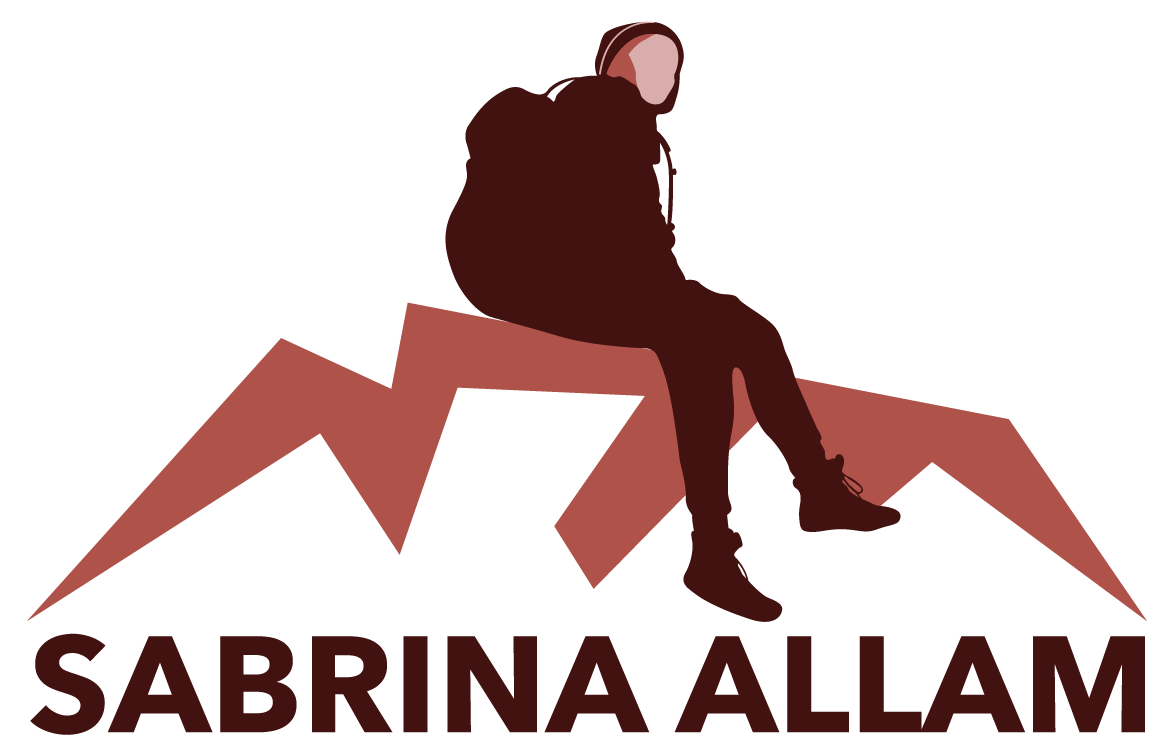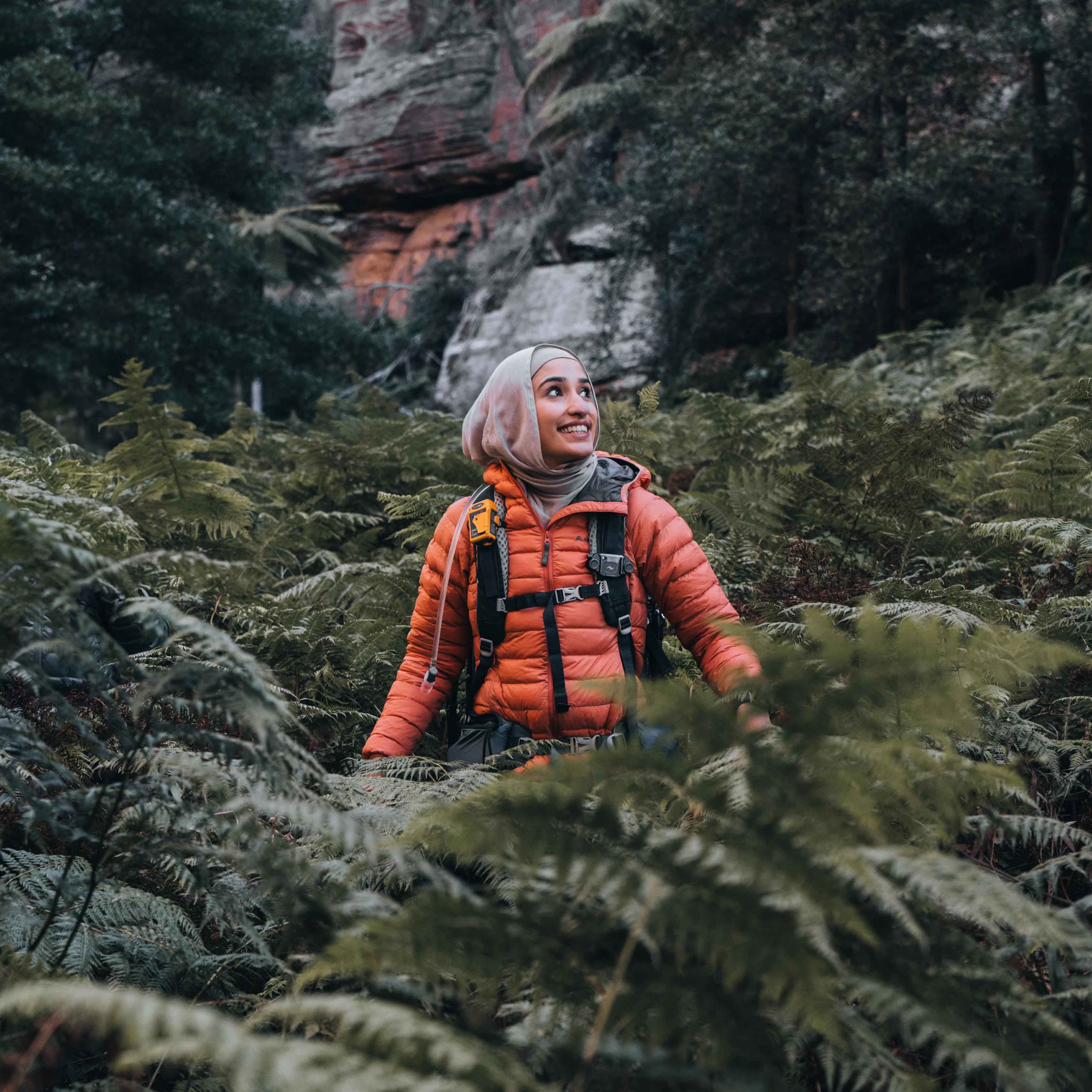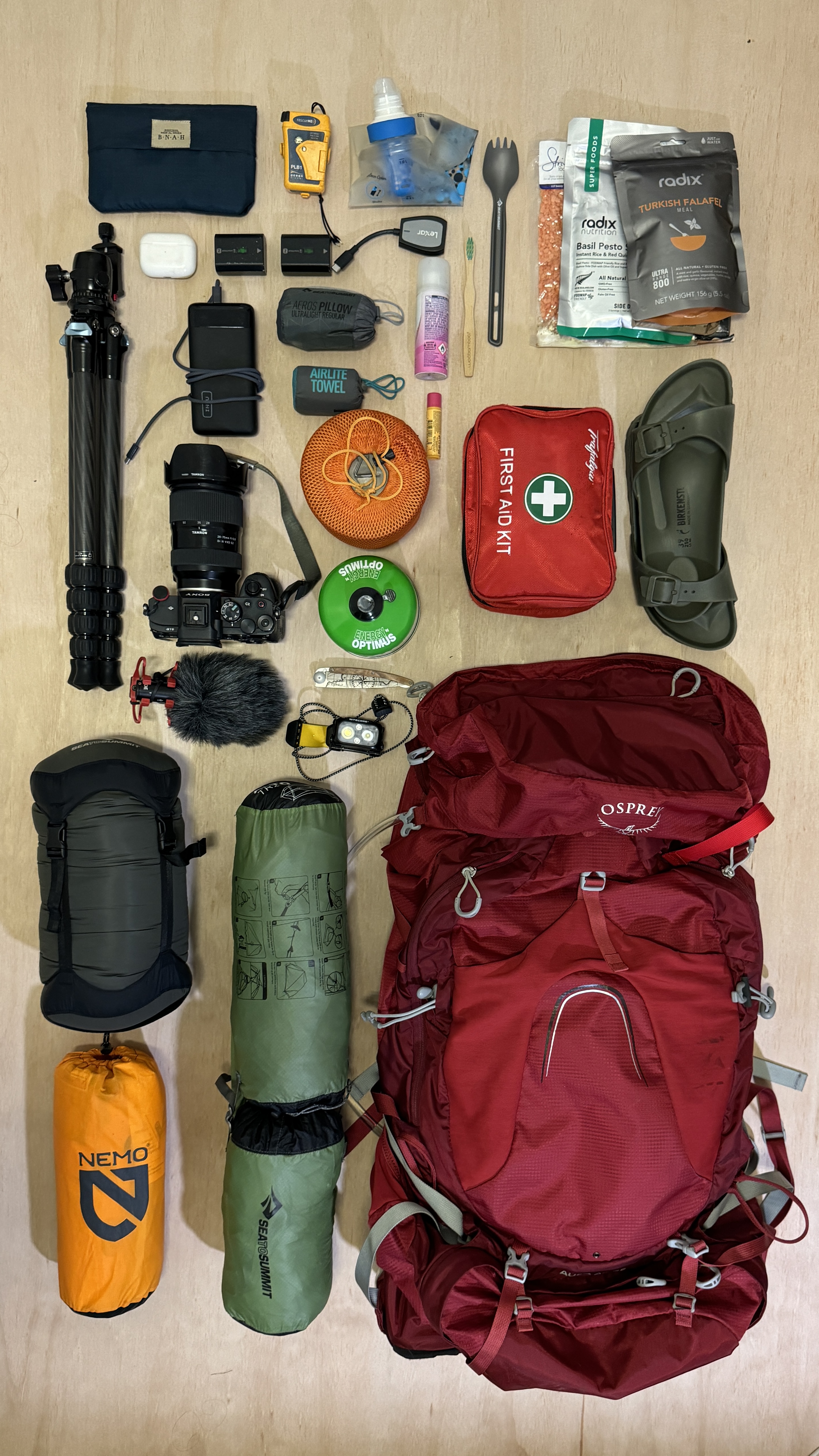One of the most frequently asked questions is: “What camera equipment do you use?”
In this blog post, I’ll talk about the essential gear I always carry with me on my hiking adventures and trips.
Software
Photo and Video Editing
I edit my photos using Lightroom, which works on both computer and smartphones. There’s a free version and a subscription option. I’ve got the subscription because it offers more features and cloud storage. I’ve been using Lightroom for years, and honestly, I can’t imagine editing without it.
For video editing, I use DaVinci Resolve. It’s an amazing program. It took a bit of time to learn, and nearly gave up because it seemed to hard at times, but now that I’ve got the hang of it, it’s made editing so much easier than doing it on my phone. Especially when editing video footage from my camera, which takes up a lot of space, using a computer is absolutely necessary.
For quick Instagram stories or simple phone videos, I’ll use CapCut or VN directly on my phone.
Geotagging Photos
Geotagging pictures, especially for photos along a hike or adventure, is super important for me. I always use AllTrails to track my hikes (as well as my Garmin). After finishing a hike, I export the GPX file from AllTrails and use it to tag the photos. There are many ways to do this, but I use an application called PhotoMechanics. I rely on it not only to geotag but also to rename and cull my photos before importing them into Lightroom. It’s a bit of extra work upfront, but it makes life so much easier later when I’m trying to locate photos based on their location and organising my footage. Unfortunately, most cameras don’t have built-in GPS to record this information.
Camera
I bought my first camera in 2022, the Sony A7IV, and I’ve never looked back. It’s been incredible.
While it’s not the lightest camera out there, especially once you add a lens, the A7IV has been the perfect travel companion. It’s a true hybrid, handling both photo and video really well. With a 33-megapixel sensor and 4K at 60fps with 10-bit colour, it’s super versatile and reliable.
If you’re mainly into vlogging or want something more compact, you might prefer a lighter setup. But if you’re after a camera that can do it all, this one’s a solid choice.
Lenses
Sometimes the lens can make just as much of a difference as the camera. You could have an amazing camera, but if the lens doesn’t perform well, it can hold your shots back.
The lens I use 99% of the time is the Tamron 28-75mm f2.8, and I love it. It’s super versatile, great for hiking, and means I don’t have to keep switching lenses depending on what I’m shooting. Sure, there are moments I wish it was a bit wider or had more zoom, but overall it’s a solid all-rounder and much more budget-friendly than some of the higher-end lenses.
You could spend more on the Sony G Master, but this Tamron has been through everything with me. Rain, heat, freezing cold, rough terrain. It’s held up really well.
Smartphone
Smartphones are great. They’re small, lightweight, and can take high-quality photos and videos. I use my phone for quick captures, Instagram stories, and sharing moments as they happen. I currently have the iPhone 15 Pro Max.
Drones
Drones add a whole new perspective to photography, and I absolutely love using them. The tricky part is that you’re not allowed to use drones in many national parks in Australia and other locations, so it’s not always possible to bring it along.
When I can use it, I fly the DJI Air 3. It’s an awesome drone that’s compact, has a solid flight time, and delivers incredible footage. One of the standout features is its dual-camera system, with both a wide-angle and 3x medium tele lens. It gives you more creative flexibility to capture everything from wide landscape shots to tight, cinematic shots. I don’t take it on every adventure, but it’s always worth it when I’m able to get those unique aerial shots.
Insta360 X2
This camera always gets people asking, “Is that a drone?” It’s a 360-degree camera that captures unique perspectives. One of the coolest features is the invisible selfie stick, which makes it look like the footage was shot by a drone. I don’t use it on every trip or reel, but it’s great for capturing adventurous or unusual angles.
Accessories
Tripod
Tripods are a must! Since I’m hiking through all sorts of terrain and weather, I use a tripod that’s lightweight but sturdy enough to support my camera and lens. I went with the Sirui AM-225 + B-00K Carbon Fibre Travel Tripod. It’s affordable (around $250-$350) and has been excellent for my needs.
Rode VideoMic Go II
This is the mic I always have attached to my camera. The audio quality from the Sony A7IV is honestly terrible—not very pleasant to listen to. The Rode VideoMic Go II has been an excellent addition, and I’ve got it attached most of the time. It delivers clear, high quality audio and holds on really well.
I’ve also taken this mic through some pretty crazy conditions. There have been times when the entire thing iced up or when I’ve used it in nasty weather, and it’s held up incredibly well. It’s reliable, durable, and a game-changer for capturing great sound during my adventures.
ND Filters
I always carry an ND filter. I’ve been using the NiSi True Color ND filter. It has a bit of vignetting, but for me, the trade-off is worth it for the ease of having a variable ND filter while I’m on the go, especially when i’m hiking and constantly taking it on and off.
Peak Design Capture Clip
One of my favourite accessories! The Peak Design Capture Clip is a bit pricey, but the quality is amazing. It lets me securely attach my camera to my backpack for easy access. I couldn’t imagine hiking without it anymore.
Peak Design Camera Leash + Cuff
Another handy accessory from Peak Design. I use both the leash and the cuff depending on the adventure. They’re easy to attach and detach and make carrying the camera comfortable and secure.
Memory Cards
Memory cards are essential. For my camera, I use SDXC V90 cards from SanDisk and Lexar. That being said, you can spend a lot and get the best memory cards, but things can still happen to them. I’ve had one of my cards fail before. That’s why using both SD slots on the Sony A7IV has become something I always do. It’s a simple step that provides extra security for my photos and videos. More on that later in the backup system below.
For my drone and Insta360 X2, I use SDXC V30 cards. A quick tip: always carry extra micro SD cards and swap them out or back them up regularly, especially for drones. You don’t want to lose all your footage if your drone crashes.
Spare Batteries
Extra batteries are a must. For my DJI drone, I recommend the Fly More package, which comes with three batteries. For my Sony camera, I use three original Sony batteries, which last me even on long day adventures filled with lots of photos and videos.
Hard Drives
Reliable storage is crucial. After every adventure, I copy my data onto an SSD and back it up to a hard drive using Carbon Copy Cloner. I also use Backblaze for cloud backup, which is really cheap and much more affordable compared to other cloud storage options. It’s incredibly convenient because it works seamlessly in the background as soon as you plug in your SSD, ensuring your files are always backed up. This way, I always have three copies of all my files.
Portable Charger
I always carry a 20,000mAh portable charger. While 20,000mAh might be a lot for some people, I’m happy to carry the extra weight. For most day hikes, a 10,000mAh charger is usually enough. A great lightweight option, though a bit pricey, is the Nitecore ultralight charger. If you’re looking for something more budget-friendly, the INIU portable charger on Amazon is a solid choice. It’s surprisingly durable and has lasted me quite a long time. Keep an eye out for sales, you can often grab it at a great bargain!
Laptop
I use a 14-inch MacBook Pro with an M4 Max chip, 64GB RAM, and 2TB of storage. Before this, I had the 2018 model MacBook Pro, and upgrading to this one has been an absolute game-changer for me because of its efficiency, speed, and ability to edit photos and videos without having to wait forever for each screen to load. The compact size is perfect for travel, and when I’m at home, I connect it to a larger monitor for more screen space. It’s powerful to handle everything I need, from photo editing to video production.
That’s it for my essential gear! I hope this gives you a good idea of what I pack for my adventures and helps you decide what might work for you. If you have any questions about gear, feel free to flick me a message!







